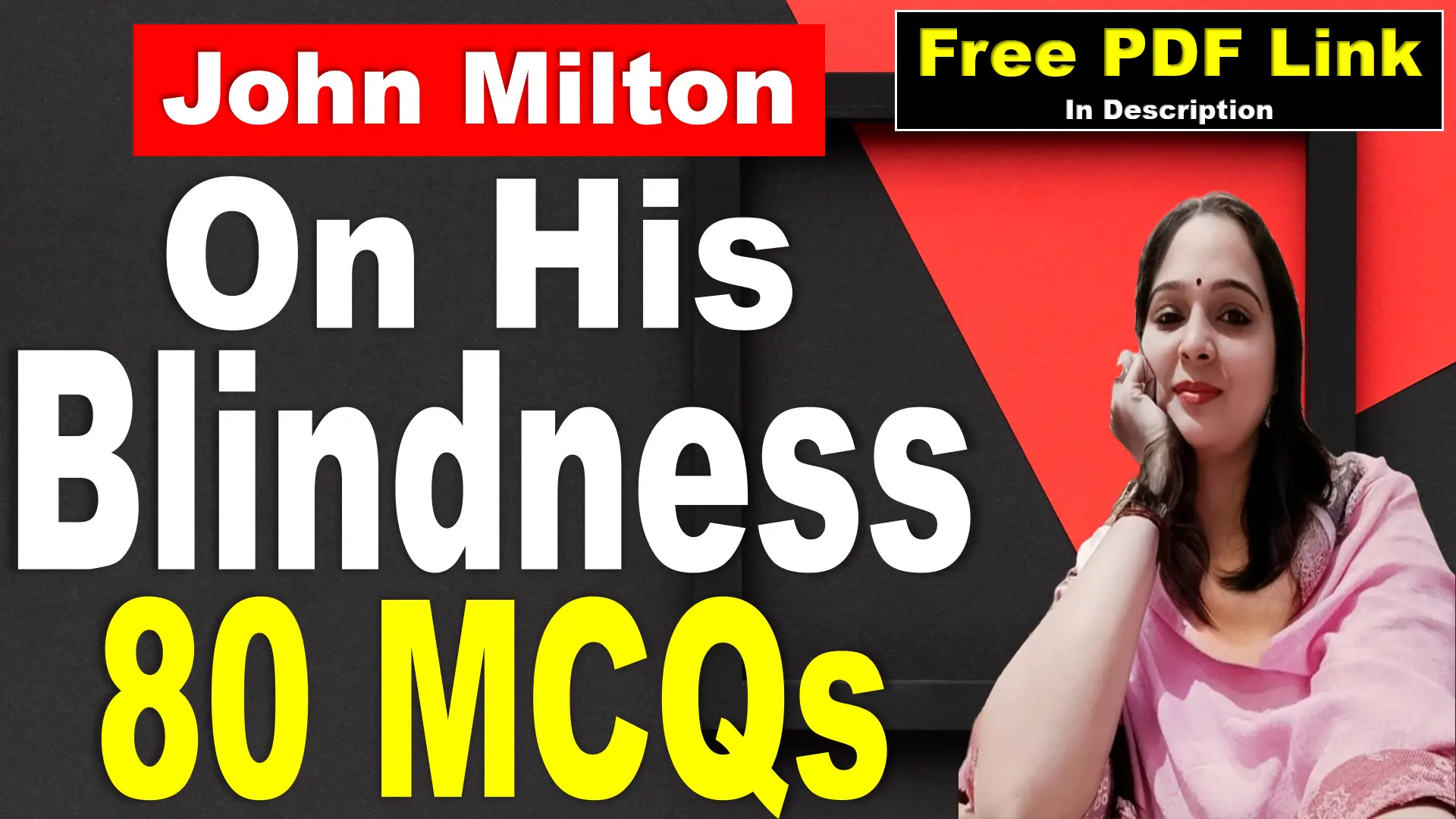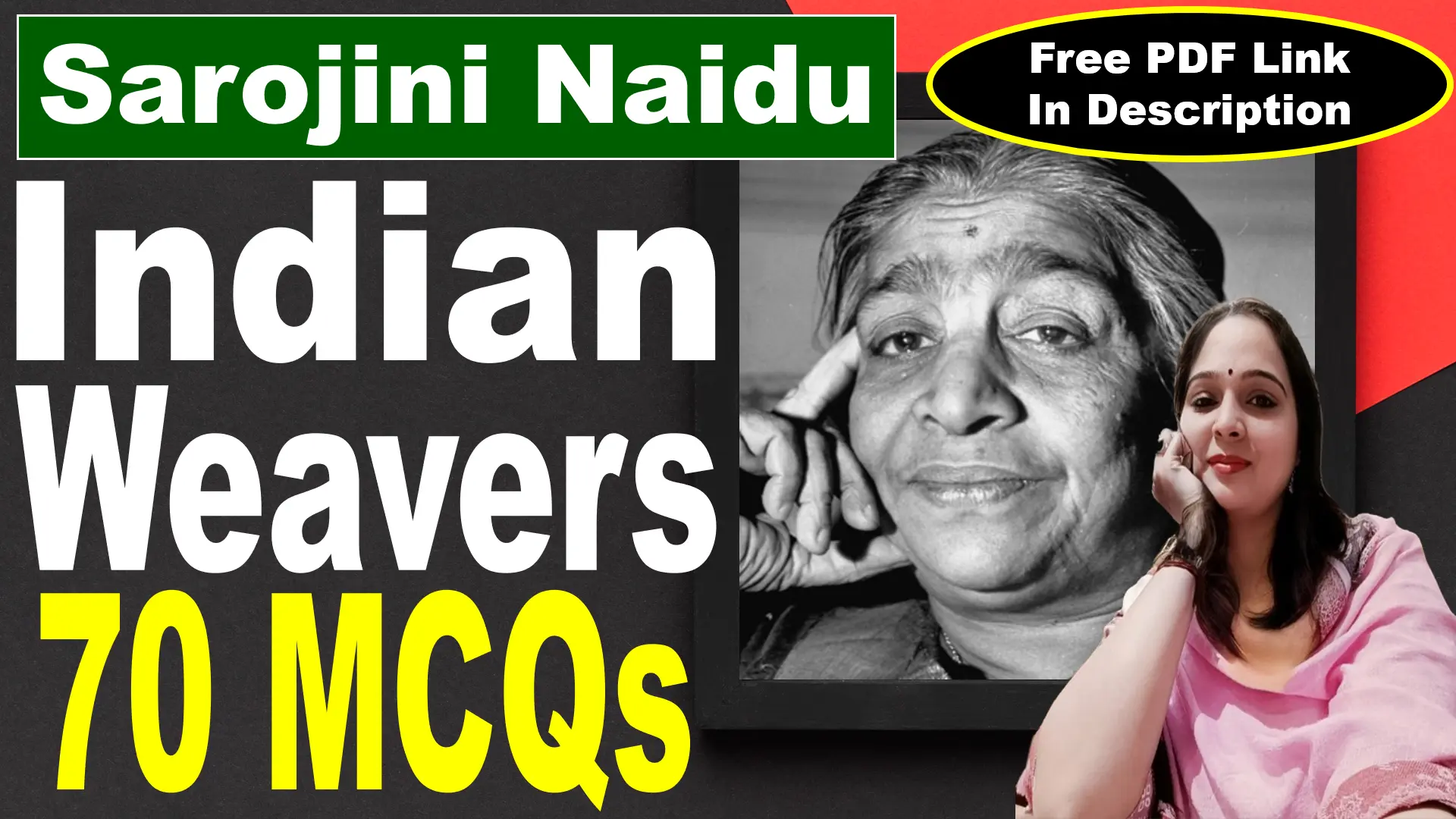
The Bus by Arun Kolatkar Questions and Answers
Very Short Answer Questions
Q: Who is the poet of The Bus?
A: Arun Kolatkar.
Q: Which collection does the poem The Bus belong to?
A: Jejuri.
Q: What does the tarpaulin cover in the poem?
A: The bus windows.
Q: What is the destination of the bus in the poem?
A: Jejuri.
Q: What brushes against the narrator’s elbow during the journey?
A: A cold wind slipping through the tarpaulin.
Q: What is the “roaring road” a metaphor for?
A: The journey of life.
Q: Where does the narrator see their reflection?
A: In the glasses of an old man.
Q: What symbolizes societal divisions in the poem?
A: The caste mark on the old man’s forehead.
Q: What enters the bus through a hole in the tarpaulin?
A: A sunbeam.
Q: What does the sunbeam touch in the poem?
A: The driver’s right temple.
Q: What literary device is used in “whipping and wind”?
A: Alliteration.
Q: What is the tone of the poem?
A: Reflective and contemplative.
Q: What is the primary setting of the poem?
A: Inside a state transport bus.
Q: How does the sun rise in the poem?
A: Quietly.
Q: What does the bus symbolize in the poem?
A: The journey of life.
Q: What poetic form is used in The Bus?
A: Free verse.
Q: Does the speaker feel connected to the old man?
A: No, the speaker does not step inside the old man’s head.
Q: What is the significance of the bus ride?
A: It symbolizes both a physical and metaphorical journey.
Q: What does the “sawed off sunbeam” symbolize?
A: Clarity or moments of insight.
Q: What theme does the poem explore?
A: The search for meaning and self-reflection during a journey.
Short Answer Questions
Q: Describe the setting of the poem The Bus.
A: The poem is set on a state transport bus traveling to the pilgrimage town of Jejuri. The bus has tarpaulin-covered windows, limiting the view of the outside world. The confined, bumpy environment reflects the discomforts of ordinary travel, while the dim light and cold wind evoke a sensory and reflective atmosphere.
Q: How does the poet use imagery to describe the bus ride?
A: Kolatkar uses vivid imagery to capture the physical and sensory details of the journey, such as the “tarpaulin flaps,” “cold wind whipping,” and “roaring road.” These images immerse the reader in the bus ride while symbolizing the broader themes of limited perception and life’s challenges.
Q: What does the “caste mark” symbolize in the poem?
A: The caste mark on the old man’s forehead symbolizes societal divisions and traditions. The narrator’s focus on a “destination just beyond the caste mark” suggests a desire to transcend cultural and social boundaries, seeking a deeper, universal understanding.
Q: What role does the sunbeam play in the poem?
A: The “sawed off sunbeam” symbolizes clarity or a moment of insight during the journey. As it enters the bus and rests on the driver’s temple, it appears to guide the journey, reflecting the subtle, transformative power of external forces in shaping one’s direction.
Q: What does the narrator mean by “your own divided face in the pair of glasses”?
A: The “divided face” seen in the old man’s glasses represents self-reflection and fragmented perception. The narrator cannot fully see the outside world but instead confronts a distorted version of themselves, highlighting themes of introspection and alienation.
Q: How does the poem explore the theme of individuality?
A: The poem emphasizes individuality through the narrator’s isolation despite sharing the bus ride with others. The inability to “step inside the old man’s head” reflects the limits of empathy and connection, suggesting that each journey is ultimately personal and unique.
Q: Explain the tone of the poem.
A: The tone of the poem is reflective and contemplative, with an undercurrent of alienation. The poet observes the physical discomforts of the journey while subtly exploring deeper themes of perception, identity, and spirituality, creating a balance between the mundane and the profound.
Q: What is the significance of the bus in the poem?
A: The bus symbolizes both the literal journey to Jejuri and the broader journey of life. Its bumpy ride, confined space, and tarpaulin-covered windows represent life’s challenges, limitations, and the need to search for meaning within these constraints.
Q: How does the poem blend physical and metaphorical elements?
A: The poem describes the physical discomforts of a bus ride—cold wind, bumpy roads, and limited views—while using these elements metaphorically to explore themes of self-reflection, perception, and spiritual search. The journey becomes both a literal trip and a symbolic quest for insight.
Q: What is the message of the poem The Bus?
A: The poem conveys that journey—whether physical or metaphorical—are as much about self-discovery as they are about reaching a destination. It highlights the limitations of perception, the individuality of experiences, and the subtle moments of clarity that guide us in life.





